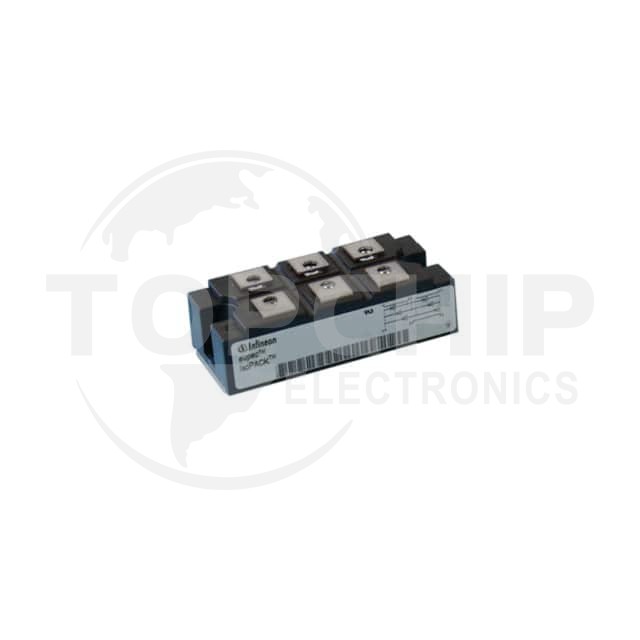In today's world, electronic devices are ubiquitous, and their seamless operation is a testament to numerous unsung heroes that work behind the scenes to ensure power conversion and delivery. One such essential component is the rectifier, which plays a vital role in converting alternating current (AC) to direct current (DC). This popular science article delves into the working principles of rectifiers and explores their wide-ranging applications in everyday life.

A rectifier is an electrical device that converts alternating current (AC), which periodically reverses direction, into direct current (DC), which flows consistently in a single direction. This conversion process, known as rectification, is crucial for powering many of our beloved gadgets and appliances. Rectifiers can be classified into two main categories: half-wave rectifiers and full-wave rectifiers, which are differentiated by their efficiency and the number of diodes utilized in the process.
At the heart of a rectifier is a component known as a diode, a semiconductor device that allows current to flow in only one direction. When an input AC voltage is applied, the diode will only permit the positive or negative portion of the cycle to pass, depending on its orientation. A half-wave rectifier utilizes a single diode, which only allows half the AC waveform to pass through - typically, the positive half. This results in pulsating DC power, where the output waveform retains the frequency of the input AC voltage.
For more efficient power conversion, full-wave rectifiers are employed. These rectifiers utilize multiple diodes, typically four, in a bridge configuration. This setup allows both the positive and negative halves of the AC waveform to pass through, resulting in a continuous DC output. The output waveform's frequency will be twice that of the input AC voltage, providing a smoother and more consistent voltage.
Rectifiers have a plethora of applications in various industries and everyday devices, ranging from simple household gadgets to enormous power plants. Some notable examples include:
1. Power Supplies: Virtually all electronic devices, such as computers, televisions, and mobile phones, utilize rectifiers to convert AC power from the mains supply into low-voltage DC power to run their internal components.
2. Battery Chargers: Devices that are designed to recharge batteries, like smartphones and electric vehicles, use rectifiers to convert incoming AC power to the necessary DC voltage required for recharging.
3. Welding Equipment: In arc welding processes, rectifiers play a crucial role in converting high-voltage AC input into a stable low-voltage DC output, which is necessary for generating the electric arc required for melting metal.
4. Electroplating: The process of depositing a thin layer of metal onto another metal surface, called electroplating, requires a rectifier to produce a consistent DC current that drives the flow of ions between the two metal surfaces.
5. Renewable Energy Systems: In solar panels and wind turbines, rectifiers are indispensable for converting the harvested AC power into DC power, which can subsequently be stored in batteries or fed into the power grid.
In summary, rectifiers play a pivotal role in the power conversion process, ensuring that a steady supply of DC voltage is available for a vast array of electronic devices and industrial applications. Understanding the intricacies of rectifiers and their working principles is key to appreciating the vital role they play in our modern lives. Just as their name suggests, rectifiers are indeed instrumental in "setting things right" in the world of electronics.
We are the professional distributor of electronic components, providing a large variety of products to save you a lot of time, effort, and cost with our efficient self-customized service. careful order preparation fast delivery service

